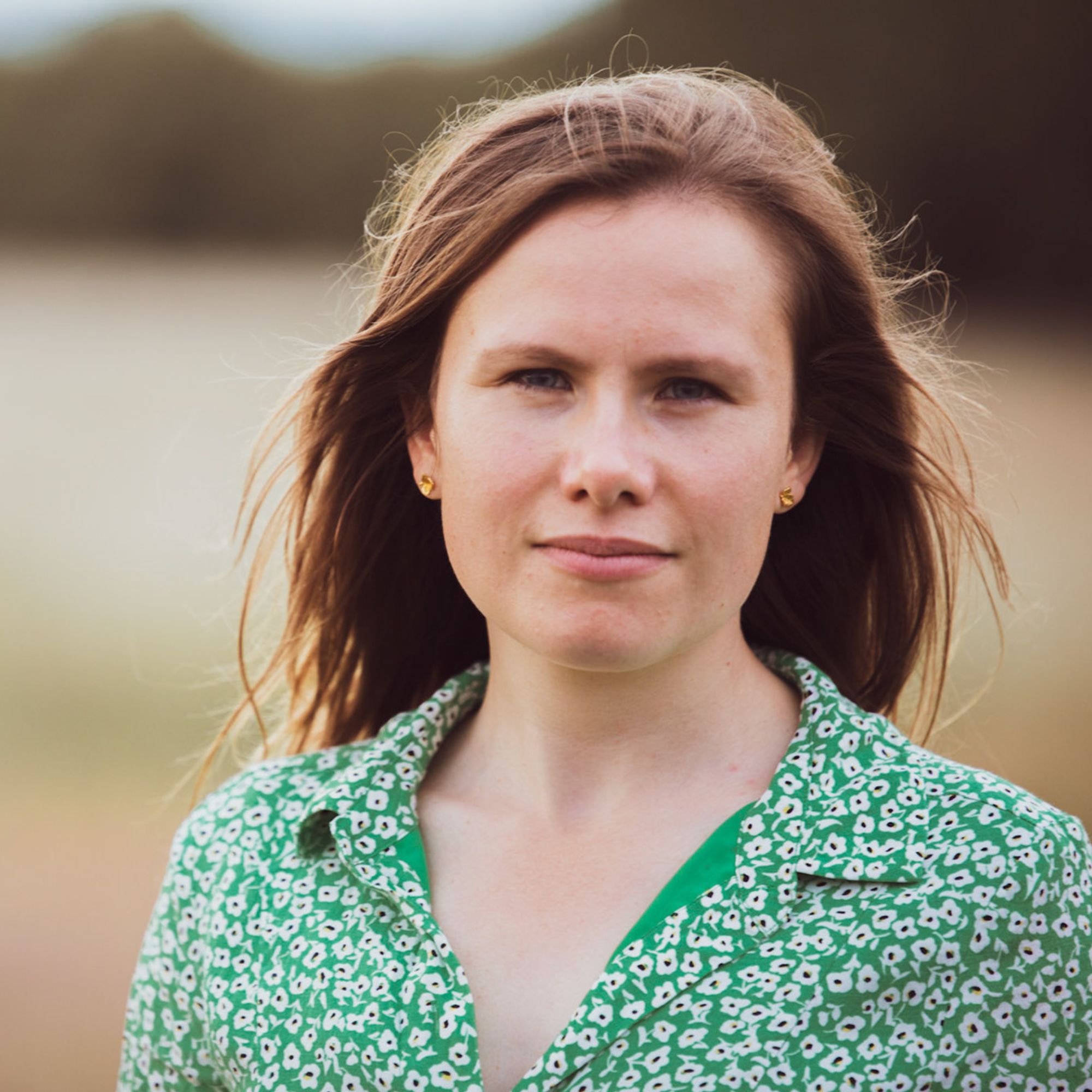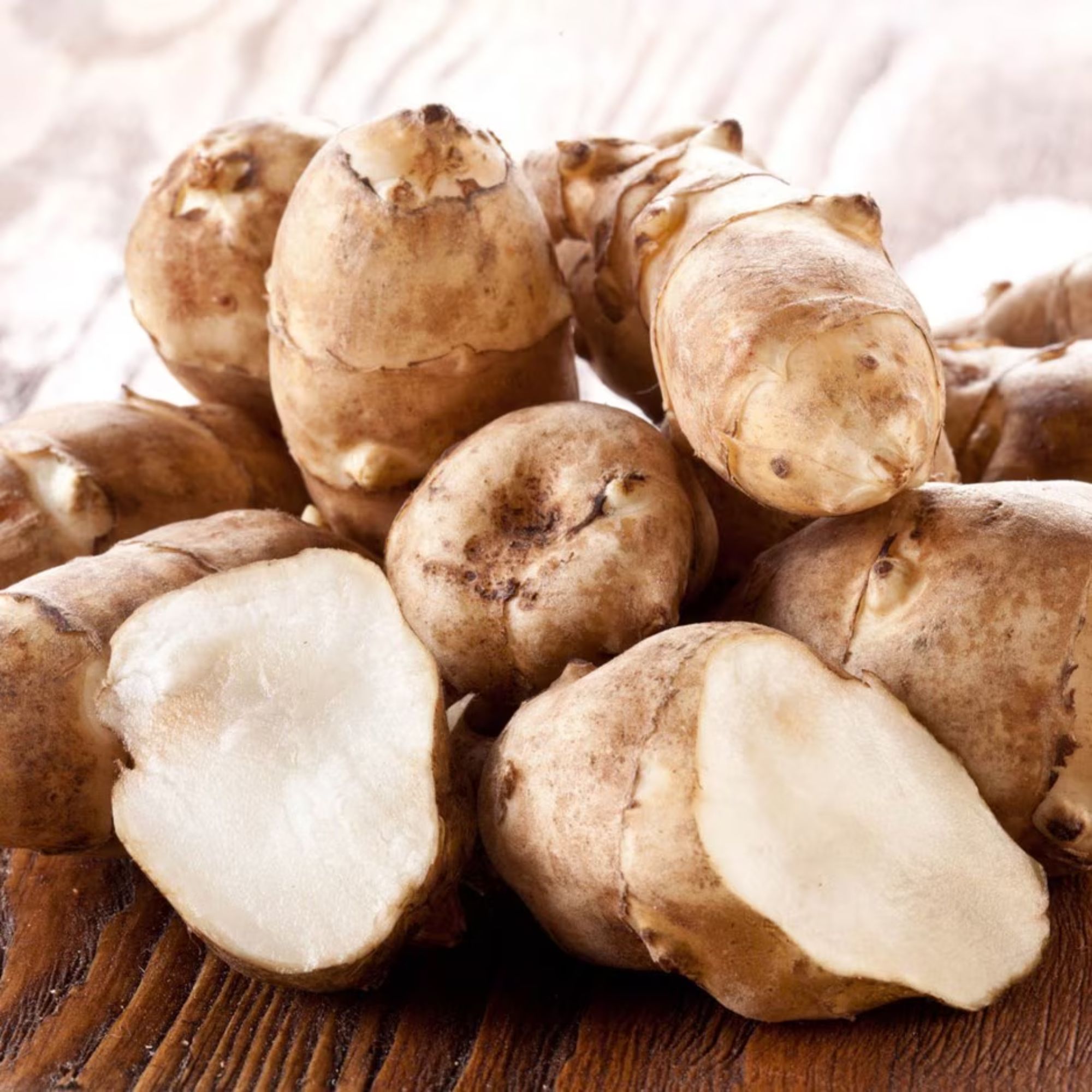How to grow artichokes – an expert guide to the prettiest garden vegetables around
Artichokes are every bit as beautiful as they are delicious, and they're ever so easy to grow, too


It's never been cooler to grow your own produce – but, when you're short on space, it's an even better idea to learn how to grow artichokes.
Why? Because these oh-so-pretty edimentals will look every bit at home in a raised bed as they will in your garden border ideas or flower bed ideas. They're also perennials, living for several years, which makes them an excellent investment for the green-fingered among us.
So, if you're hoping to grow your own vegetables this year, look no further than the less-than-humble artichoke. Here's how to make these gorgeous veggies work for you...
How to grow artichokes
'Artichokes can be both costly and difficult to find in some supermarkets so growing your own can be not only cost-effective but also a decorative addition to any cook's garden,' promises Chris Francis, director of Hillier Garden Centre.

'Their eye-catching buds are mainly free from all pests and contain antioxidants and probiotics that can protect the liver, gut, and cardiovascular systems,' continues Chris.
'These perennials have flexible uses and are great as a pizza topping, in pasta dishes or paired with a meat dish.'
Better still? If left unharvested, the buds open into large purple thistle-like flowers, beloved by bees and other pollinating insects – making them the ideal addition to your wildlife garden, too.
Sign up to our newsletter for style inspiration, real homes, project and garden advice and shopping know-how
What you will need
If we've persuaded you to learn how to grow artichokes, it's a good idea to pull together everything you need before you begin sowing in earnest – starting with your artichoke tubers or seeds (or pre-grown plug plants from your local garden centre, if you don't mind spending a little more).
You will also need...
- A good peat-free compost, well-rotted manure, or other organic matter
- A high potassium general fertiliser, such as Vitax Q4 from Crocus
- Mulch
- Horticultural grit (if you're worried about drainage)
Step-by-step guide
Now that you're prepped and ready to learn how to grow artichokes like a pro, all you need to do is follow our step-by-step instructions to ensure yours flourish.
1. Get the timing right
'If you want to harvest your artichokes in late summer/early autumn, you'll want to sow your artichoke seeds or tubers under cover in late February and early March,' says award-winning garden designer Zoe Claymore, who serves ambassador for the National Allotment Society.

Zoe Claymore is a multi award-winning garden designer based in London. She focuses on creating outdoor places with emotional connection and ecological integrity for her private and commercial clients.
'They can also be sown direct into garden soil from April until July,' continues Zoe, who recently launched her own range of pre-made raised beds based on the ones she created for her gold medal-winning garden at the RHS Hampton Court Palace Garden Festival,
Just be sure to harden off indoor-raised plants first (allow them to acclimatise to outdoor conditions ahead of transplanting them), and provide protection from slugs and snails in the form of copper tape from Amazon.
2. Choose the right spot

The most important thing to remember when learning how to grow artichokes is this: they love sunshine.
'Be sure to only ever place them in a spot that gets a lot of sunshine and where the soil drains,' says Zoe, reminding us all that these little beauties do, after all, hail from Mediterranean gardens.
'Artichokes also grow big,' she adds, noting that these gorgeous edimentals can form statuesque clumps up to 5ft tall and 3ft wide. 'Make sure, then, that you have enough space for them – and that you choose your cultivar carefully.'
3. Prep the planting site
You'll want to prep your planting site with a good peat-free compost, well-rotted manure, or other organic matter, to help ensure your artichokes develop strong rooting systems.
If you're worried about drainage, add some grit to your soil – and be sure to leave at least a 90cm between each plant to ensure they have adequate room to grow.
Remember: If you're planting indoor-grown seedlings or plug plants, be sure to make sure the root fills the pot before you transplant them.
4. Show them some TLC

Good news for anyone who wants to learn how to grow artichokes – these architectural plants require minimal maintenance. They'll need watering until they're established, sure, but then they'll only need a dousing when it's very hot and dry.
Otherwise, mulch them annually and treat them to the fertiliser every spring. 'And, to keep them producing vigorously, be sure to divide them every 2-3 years,' adds Zoe.
The Royal Horticultural Society (RHS) also advises that you remove any flowers that form in the first year, to help drive the plant's energy into getting established, and be sure to prune away all faded foliage come autumn.
5. And don't forget to harvest
As mentioned, it's a good idea to avoid harvesting your artichokes in the first year.
Once your plant is established, take care to harvest your artichokes by removing the closed buds (using a pair of clean secateurs) when they're roughly the same size as golf balls.
You can serve them up whole or chop them up to style out any number of dishes. And don't forget to 'leave a few heads up to go to seed for the birds and bees over winter,' adds Zoe. 'I promise they look rather pretty.'
FAQs
How long does it take to grow artichokes?
It may be easy to learn how to grow artichokes, but these pretty vegetables do require a fair bit of patience, as they're incredibly slow growers. Don't expect to be feasting on homegrown artichokes until they've established themselves properly – usually by their second year.
Can you grow artichokes in the UK?
You can absolutely grow artichokes in the UK, so long as you have a sunny spot for them to enjoy in your garden (and you plant them in well-draining soil).
You will, however, need to take care to protect your plants from frost come winter; mulch them well in the autumn, and cover them with horticultural fleece from Amazon before temperatures dip.
If things look set to get really cold, it's also worth covering the crown of your plant with spent foliage or straw. Just in case.
Is artichoke easy to grow?
Artichokes are surprisingly low maintenance, which makes them very easy to grow. Just be sure to treat them to the conditions they need to thrive, and they'll repay you with deliciously nutty artichokes for years to come.
And just like that, you know how to grow artichokes – aka the perfect addition to your Italian Nonna Chic garden!
All that's left to do now is come up with some exciting new recipes to use up your glut of Mediterranean veggies. Anyone else suddenly in the mood for artichoke and pecorino bruschetta...?

Kayleigh Dray became Ideal Home’s Acting Content Editor in the spring of 2023, and is very excited to get to work. She joins the team after a decade-long career working as a journalist and editor across a number of leading lifestyle brands, both in-house and as a freelancer.


